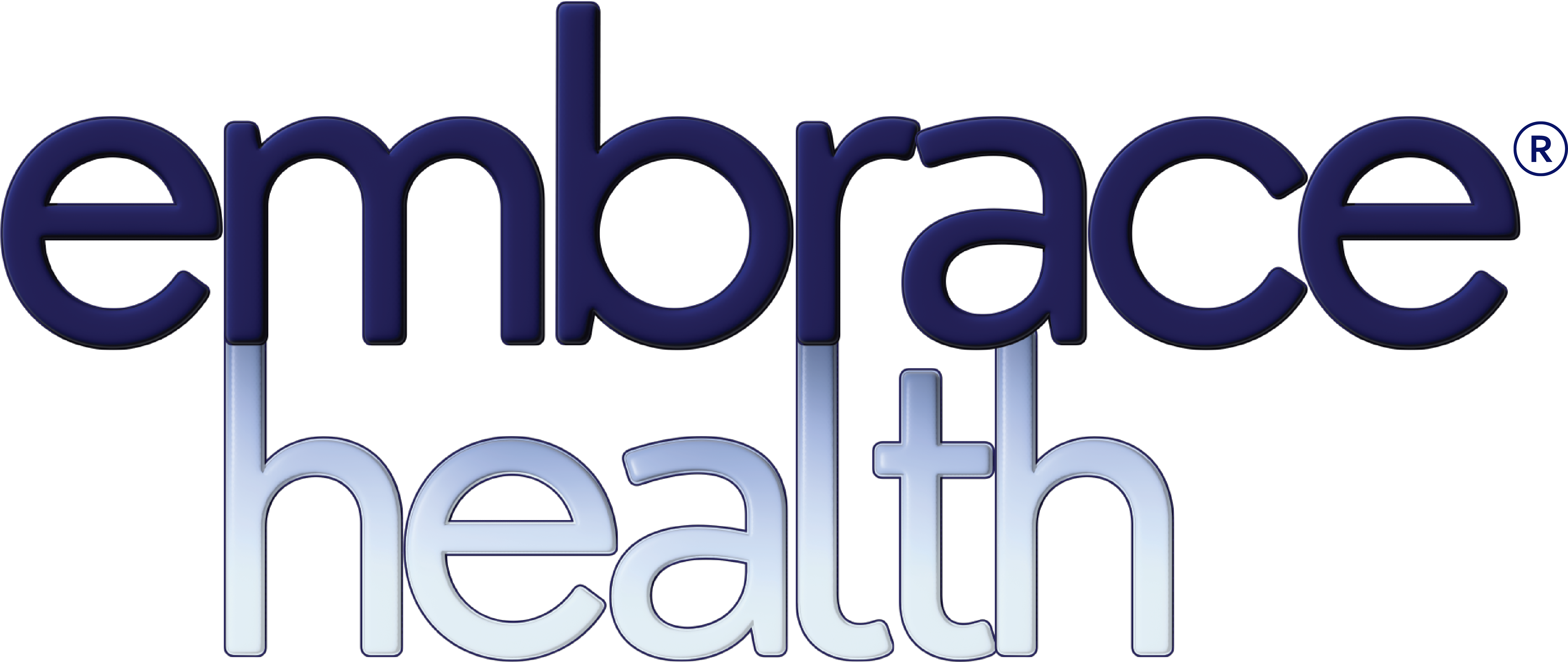For the first time in decades, talk therapy is taking the lead over medications in the treatment of mental health conditions—a promising trend that reflects changing attitudes, improved access, and greater awareness about the value of psychotherapy.
A new study published in the American Journal of Psychiatry reveals that between 2018 and 2021, the percentage of U.S. adults receiving outpatient talk therapy rose from 6.5% to 8.5%, translating to an increase from approximately 16.5 million to nearly 22 million individuals. And for the first time since the late 1980s, when antidepressants like Prozac began to dominate mental health care, more people are opting for therapy without relying solely on medications.
Among adults receiving outpatient mental health care during that time, the use of only psychotherapy grew significantly—from 11.5% to 15.4% (an adjusted difference of 2.8%). Meanwhile, the use of only psychotropic medications dropped from 67.6% to 62.1% (an adjusted difference of –4.5%). Interestingly, the combination of psychotherapy and medication remained relatively stable, increasing only slightly from 20.8% to 22.5%—a difference that wasn’t statistically significant.
Patients are also committing more fully to therapy once they start it. The average number of therapy visits per patient rose from 9.8 to 11.8 sessions during the same period. And national spending on psychotherapy grew sharply—from $30.8 billion to $51.0 billion (adjusted for inflation in 2021 dollars), signaling that not only are more people engaging in therapy, but the mental health system is investing more heavily in these services.
However, fewer patients are now receiving therapy from psychiatrists. The percentage of psychotherapy patients treated by psychiatrists declined from 41.2% to 34.2%, likely reflecting a broader shift toward non-physician providers such as psychologists, licensed therapists, and counselors.
Several factors have contributed to this transformation. Dr. Mark Olfson, lead author of the study and a psychiatrist at Columbia University, notes that people are increasingly combining therapy with medication—or choosing therapy as their sole treatment method. He also highlights that patients are more likely to continue with therapy than in the past, thanks in part to increased public understanding of what therapy involves.
Dr. Jessi Gold, chief wellness officer at the University of Tennessee, adds that a cultural shift in how we talk about mental health has played a key role. “If we see an increase in talk therapy because people feel like they have things they want to talk about or could use the help, or help-seeking’s more normalized, I think that’s a great thing,” she says.
Access has also improved. The expansion of telehealth—especially during the COVID-19 pandemic—has made it easier for people in rural areas or those with busy schedules to see a therapist regularly.
Despite these positive trends, significant gaps remain. National survey data show that only about half of Americans with any mental illness received treatment in the past year. Still, the growing use of psychotherapy represents a meaningful move toward more holistic, personalized care—and a hopeful sign that the stigma around mental health is beginning to fade.
Embrace Health strives to make mental health treatment easy and accessible. Reach out today to learn how you can connect with an online therapist or psychiatric provider. Book a free consultation or call 515-612-9583.


